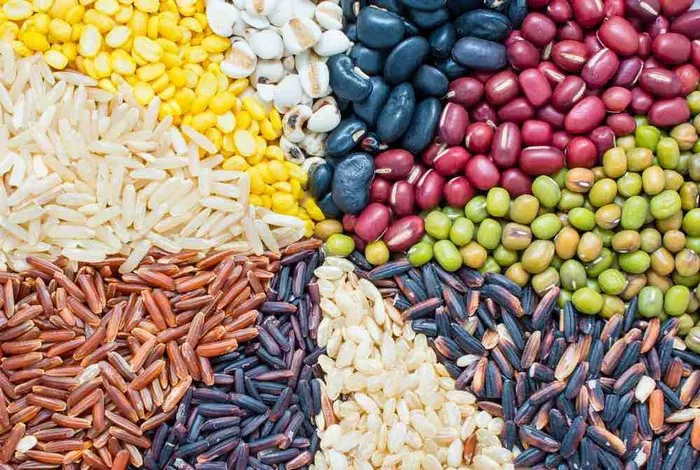BOZEMAN — With a wetter-than-average May across most of Montana, Montana State University Extension specialist Clain Jones suggests that adding mid-season nitrogen to wheat could enhance grain protein levels and potentially increase profitability this year.
“Due to drought conditions last fall and winter, many producers likely applied less nitrogen than usual, anticipating lower yields,” noted Jones, who specializes in soil fertility at MSU. He highlighted that eastern Montana experienced 150 to 300 percent of normal May rainfall, signaling higher yield potentials than initially expected, which could dilute nitrogen concentrations in plants and result in lower grain protein content.
Jones recommended topdressing additional nitrogen as a strategy to potentially boost both yield and protein levels this season. However, he cautioned about the uncertainty of weather conditions leading up to harvest, noting, “It’s not a guaranteed solution.”
Timing and method of nitrogen application are critical considerations. Jones advised aligning nitrogen applications with precipitation patterns and crop growth stages to optimize effectiveness without compromising crop health. He emphasized the importance of incorporating nitrogen into the soil, particularly cautioning against applying foliar nitrogen to dryland fields unless significant rainfall is forecasted.
For optimal results, Jones suggested making nitrogen application decisions promptly. Whether the goal is to increase yield or protein content, the timing of nitrogen application—whether before heading for yield enhancement or during and after heading for protein enrichment—should be based on current plant growth and weather forecasts rather than a fixed calendar date.
While late-season nitrogen applications can potentially elevate protein levels, Jones warned of potential risks such as lodging and leaf burn, especially with excessive nitrogen use. He recommended limiting foliar nitrogen application to no more than 30 pounds per acre and using techniques like streamer bars to minimize direct leaf contact and reduce leaf burn.
Jones also underscored the importance of sulfur sufficiency alongside nitrogen, noting that yellowing upper leaves may indicate sulfur deficiency, which can be addressed with foliar applications under adequate rainfall or irrigation.
Economically, Jones advised considering the cost of fertilizer against potential protein discounts, recommending flag-leaf nitrogen analysis to gauge the likelihood of a protein increase with late-season nitrogen. He referenced MSU Extension resources for detailed nitrogen management guidelines and economic calculations tailored to wheat production in Montana.
Looking forward, Jones proposed integrating pulse crops in rotation to enhance nitrogen fixation in soil, potentially reducing nitrogen fertilizer requirements and mitigating soil acidification issues associated with intensive nitrogen use.
For further information on optimizing nitrogen management for wheat protein enhancement, Jones directed producers to MSU Extension’s resources available online.
[inline_related_posts title=”You Might Be Interested In” title_align=”left” style=”list” number=”6″ align=”none” ids=”10165,10163,10160″ by=”categories” orderby=”rand” order=”DESC” hide_thumb=”no” thumb_right=”no” views=”no” date=”yes” grid_columns=”2″ post_type=”” tax=””]
































